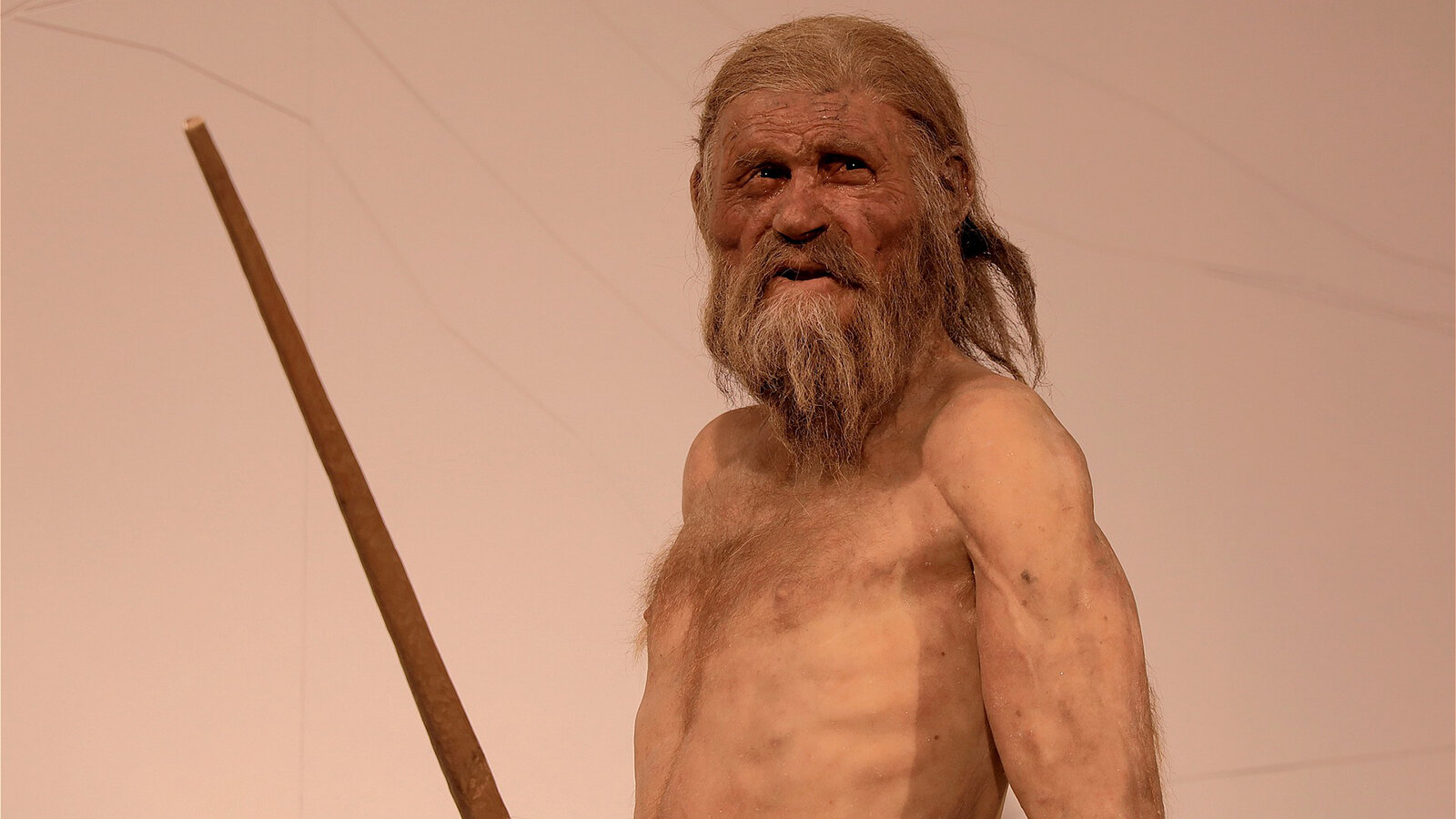When we talk about the Stone Age today, we usually focus on the people who lived during that time and their personal stories—such as the well-known glacier man, “Ötzi.” Advances in scientific methods have made it possible for archaeologists to analyze human remains in ways that reveal detailed insights about their lives. These new techniques help bring prehistoric individuals back into the spotlight, allowing us to glimpse their existence with more clarity than ever before.
However, while these human remains can tell us much about ancient lives, they are often identified by impersonal numbers. “Archaeologists usually use numbers to refer to Stone Age human finds,” explains Prof. Dr. Christina Sanchez-Stockhammer, a professor of English and Digital Linguistics at Chemnitz University of Technology. “But people usually have names—that’s somehow part of being human.”
Unfortunately, the original names of these ancient individuals are lost to history, as writing systems had not yet been developed during the Stone Age. This raises an interesting question: Should prehistoric human remains be given personal names in addition to the find numbers? If so, what kind of names would be appropriate for them?
To explore this possibility, Prof. Dr. Sanchez-Stockhammer, along with two archaeologists, conducted an extensive online survey. Their goal was to gauge public opinion on naming prehistoric human remains. The survey attracted responses from 319 individuals from various age groups and backgrounds. The results, published in the journal Beiträge zur Namenforschung, revealed a range of opinions on the matter.
“About two-thirds of the respondents were content with the current system of using numbers,” says Prof. Dr. Philipp W. Stockhammer, a Professor of Prehistoric Archaeology at LMU Munich. “However, slightly more participants expressed support for assigning personal names to the remains.” This suggests that while many are comfortable with the traditional approach, there is also a strong interest in humanizing these ancient figures.
In Germany, names like “Ippsi” and “Kilti” have been used for early human finds, often following the pattern set by “Ötzi.” The trend involves creating a diminutive form of the location where the remains were discovered. However, this naming convention, known as the “Ötzi principle,” received some criticism from the survey participants. “Many interviewees felt that using belittling forms based on the first syllable of the discovery site was disrespectful,” explains Dr. Kerstin P. Hofmann, the First Director of the Romano-Germanic Commission of the German Archaeological Institute in Frankfurt am Main.
The limitations of the “Ötzi principle” became even more apparent when the researchers considered the need for multiple names at a single site. To address this, the team developed a new naming system. By combining the first syllable of the discovery site with common German name endings, they created unique names for prehistoric finds. For example, the remains found in Haunstetten could be named “Hauna,” “Haunrid,” or “Haunika.”
Survey participants generally responded positively to these new names. “To most participants, these names sounded like real human names, or at least familiar ones,” the researchers noted. This response suggests that the system they developed could be a valuable tool for naming future archaeological finds.
Interestingly, when participants were asked to choose their favorite names, many gravitated towards “Hauni,” a diminutive form that resembles a pet name. This was a surprising result, given the earlier criticism of belittling names. Despite the participants’ initial resistance to such names, “Hauni” seemed to capture their imaginations.
The findings from this survey offer a fresh perspective on how we approach the remains of prehistoric humans. While the use of numbers to catalog these discoveries remains essential for scientific purposes, the addition of personal names can provide a more human connection to these ancient individuals. By giving names to our distant ancestors, we acknowledge their humanity, even though the details of their lives remain shrouded in mystery. As this naming system evolves, it may offer a way for both scientists and the public to relate to these ancient figures on a deeper, more personal level.
